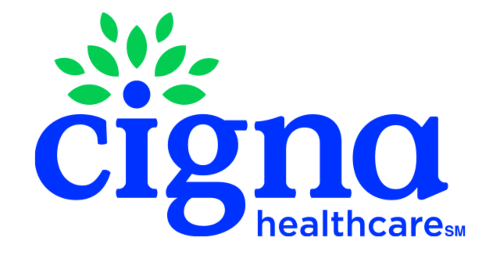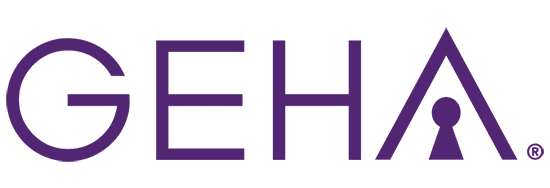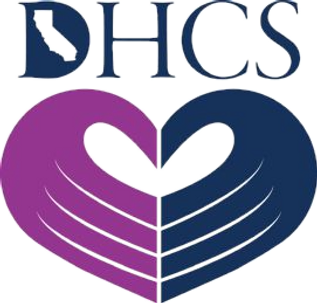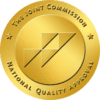Our Costa Mesa Hallucinogen Rehab
Recover from hallucinogen use disorder
Hallucinogenic drugs are a diverse basket of substances that have psychoactive effects — altering one’s thoughts and feelings. A number of these drugs are sometimes praised for their mind-altering capabilities, but they are too often taken in an environment and context that isn’t exactly therapeutic.
Much of today’s culture has turned these powerful hallucinogenic drugs into party drugs, commonly mixed with other substances like alcohol, cocaine, etc. And, even those who search for a therapeutic benefit often don’t find the results they’re looking for.
At our Costa Mesa Rehab, we offer rehabilitation for hallucinogens such as LSD (acid), psilocybin (mushrooms), peyote (mescaline), DMT, Ketamine, and other dissociative and synthetic hallucinogens.
What are Hallucinogens?
Hallucinogens can be categorized into two main categories: classic hallucinogens and dissociative. Both classes of drugs can cause hallucinations, but they might be experienced a bit differently.
Classic hallucinogens cause heightened and sometimes a false sense of visuals, feelings, and other sensations.
Dissociatives cause more of an “out of body” experience, dissociating the body from the thought process. These feelings can in turn cause hallucinations in themselves.
We can find many hallucinogenic compounds in nature through specific types of mushrooms and cactuses. Historically, these drugs have been used in a controlled environment for religious and healing purposes due to their profound psychoactive effects. More commonly today, they are used for fun, dealing with stress, spiritual journeys, and creative purposes.
- LSD (D-lysergic acid)
LSD, or acid, is one of the most common and most powerful mind-altering chemicals known to man, blurring the lines between perception and imagination. It is made from lysergic acid that is extracted from fungus and turned to a white base that can be then turned into many different forms. It has been known to trigger the onset of schizophrenia and other forms of psychosis.
- Psilocybin (magic mushrooms)
Psilocybin is probably the most common hallucinogen that is a chemical found in certain mushrooms all over the Americas. It has been reviewed as a potential treatment for depression and PTSD as it can bring feelings of happiness and gratitude otherwise hard to achieve. But, its abuse can also have an inverse effect and bring the user too far away from reality by putting users in a state of psychosis.
- DMT (dimethyltryptamine)
DMT is extracted from certain tree barks and Amazonian plants. It is the main chemical that gives ayahuasca tea its effects. It has had a similar historical heritage as magic mushrooms but can provide even more intense visual effects. Many users, such as Joe Rogan, praise its effects and report god-like experiences. Though, it’s worth noting many people aren’t quite ready for this experience and repeated use can cause psychosis-like brain alterations.
- PCP (phencyclidine)
PCP is a dissociative that was once used as an anesthetic. It’s serious side effects have since stopped this use. PCP puts users in a dissociative state that can cause paranoia, anxiety, nausea and cardiovascular issues. It can also bring on an onset of depression, cognitive issues, schizophrenia, agitation, interfere with hormones, among other things.
Hallucinogen-Persisting Perception Disorder (HPPD)
Psychoactive substances like hallucinogens, especially LSD have the potential to cause a condition called hallucinogen-persisting perception disorder (HPPD). Even people who have only used the hallucinogens once or twice may be at risk for HPPD.
Symptoms of HPPD are purely visual flashbacks and disturbances, such as sensitivity to bright lights, seeing blurry patterns, and size distortion. They are not enjoyable visuals like the ones that a person may have experiences while high on hallucinogens. They are often annoying and may even cause anxiety.
There are two types of HPPD:
- Type 1 — where an individual experiences random, brief flashbacks
- Type 2 — where an individual might experience ongoing changes that may come and go more frequently.
HPPD is not like PTSD, where an individual might feel, see, and hear things as if the event is happening again. Still, HPPD can be quite frustrating
Get Treatment for Hallucination Addiction
If you’re looking for a treatment program that incorporates both standard medical practices and holistic healthcare, call Safe & Sound Treatment.
Our Treatment and Rehabilitation Center in Costa Mesa, CA offers comprehensive care that treats you as a whole person. An individual recovering from hallucination addiction has to address behavioral issues and commit to therapy to find their return to normal.
If you or your loved one need a safe space to beat complications of hallucinogen abuse, contact us today for a caring and confidential evaluation.
Contact Us Today
FAQ's
Hallucinogen rehab focuses on psychological support and therapy to address the underlying reasons for drug use, manage any co-occurring mental health disorders, and develop coping strategies for a drug-free life.
Physical withdrawal symptoms from hallucinogens are rare, but psychological effects can be significant. Rehab programs offer support for these psychological challenges.
Treatment length varies based on individual needs and the severity of the addiction. Programs can range from short-term (30 days) to long-term (90 days or more).
Cognitive-behavioral therapy, psychotherapy, and group therapy are effective treatments, helping individuals understand their addiction and develop new patterns of thought and behavior.
Yes, prolonged use of hallucinogens can lead to long-term mental health issues, including psychosis and hallucinogen persisting perception disorder (HPPD). Rehab programs address these issues through comprehensive treatment plans.














